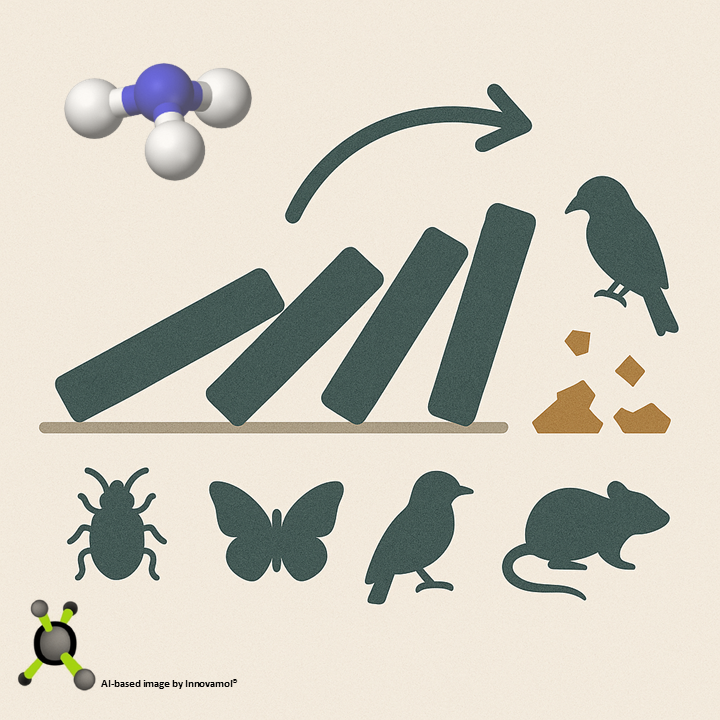In response to increasing concern over biodiversity loss, European authorities have launched an effort to update how the environmental risks of pesticides are assessed. The goal is to shift from a narrow, chemical-specific focus toward a more transparent and ecologically relevant framework—one that considers entire ecosystems rather than individual species in isolation. Protecting consumers remains a central concern, but so too does safeguarding the health of plants, animals and the delicate balance of ecological networks.
One of the most significant challenges in this context is addressing the indirect effects of pesticides,those outcomes not caused by direct toxicity, but by changes in ecological relationships. In fact, when a pesticide impacts a particular species, the consequences can reverberate through the food web, affecting species that were never directly exposed. These so-called trophic interactions involve primary consumers (such as herbivores), secondary consumers (such as predators), and decomposers, all of which are linked by feeding relationships. For example, a reduction in insect prey due to pesticide use can cause a decline in bird populations, even if the birds themselves are never in contact with the chemical.
Indirect effects can manifest in two main ways: as cascading effects or as horizontal effects. Cascading effects are passed upward or downward through trophic levels. When a key organism is suppressed, others depending on it may suffer,a phenomenon often referred to as a trophic cascade. Horizontal effects, by contrast, occur between species on the same trophic level and usually involve shifts in competition. For instance, if a pesticide eliminates one competitor, another species may gain dominance, potentially altering ecosystem structure and function.
These interactions are further complicated by the varying degrees of sensitivity and tolerance exhibited by different species. Some organisms may be more vulnerable to indirect disturbances due to their ecological roles or life history traits, leading to disproportionate changes in biomass distribution and species abundance. The difficulty lies in predicting which pathways will be triggered under field conditions, as laboratory studies rarely capture this level of complexity.
Modern environmental risk assessment must therefore evolve to accommodate these dynamics. Traditional approaches that focus solely on direct, measurable endpoints are no longer sufficient. Instead, assessment frameworks must be capable of modelling multi-species systems, feedback mechanisms and long-term population shifts. This requires integrating ecological theory, landscape-level data and long-term monitoring to capture the full scope of pesticide effects.
Reducing these risks at the source is also essential. Mitigation strategies,such as reducing the overall volume of plant protection products, applying them only when and where necessary, rotating crops to interrupt pest cycles, and adopting precision farming technologies, can all contribute to lowering both direct and indirect environmental burdens. Ultimately, meaningful progress will depend on adopting a holistic view of agroecosystems that is able to balances the need for productivity with the urgency of conserving biodiversity and ecosystem services.
“When we try to pick out anything by itself, we find it hitched to everything else in the Universe” – John Muir, naturalist and conservationist

